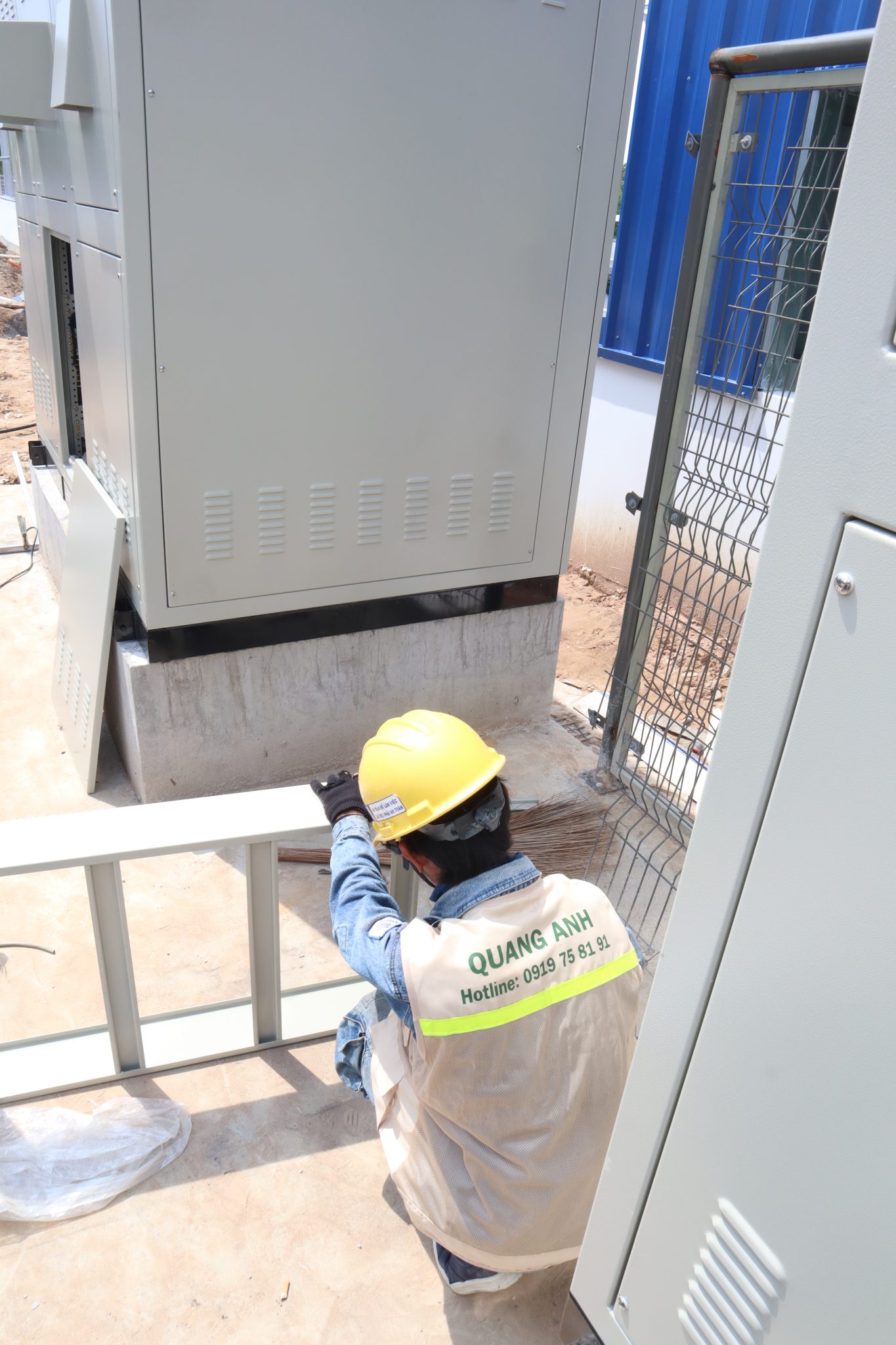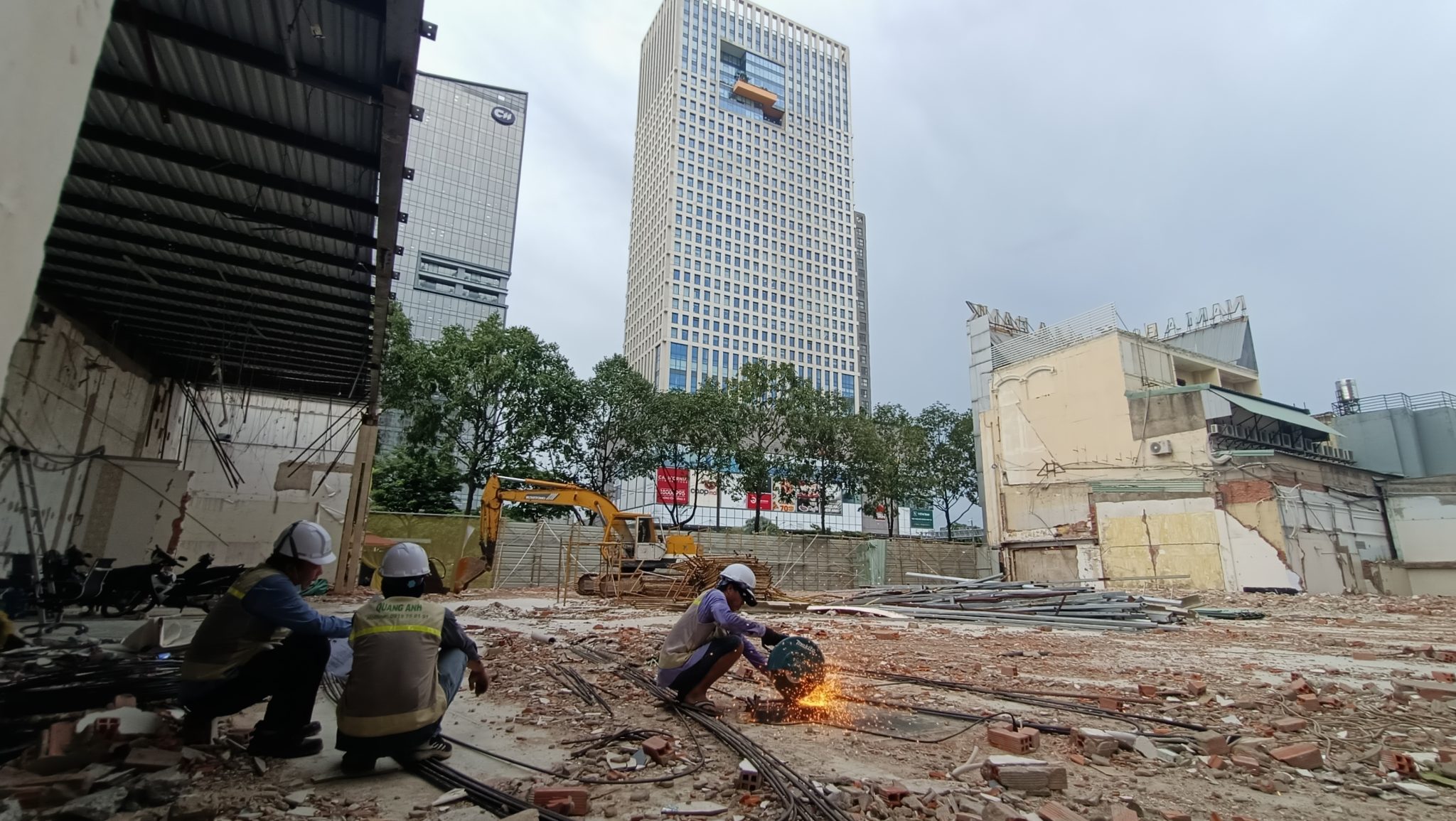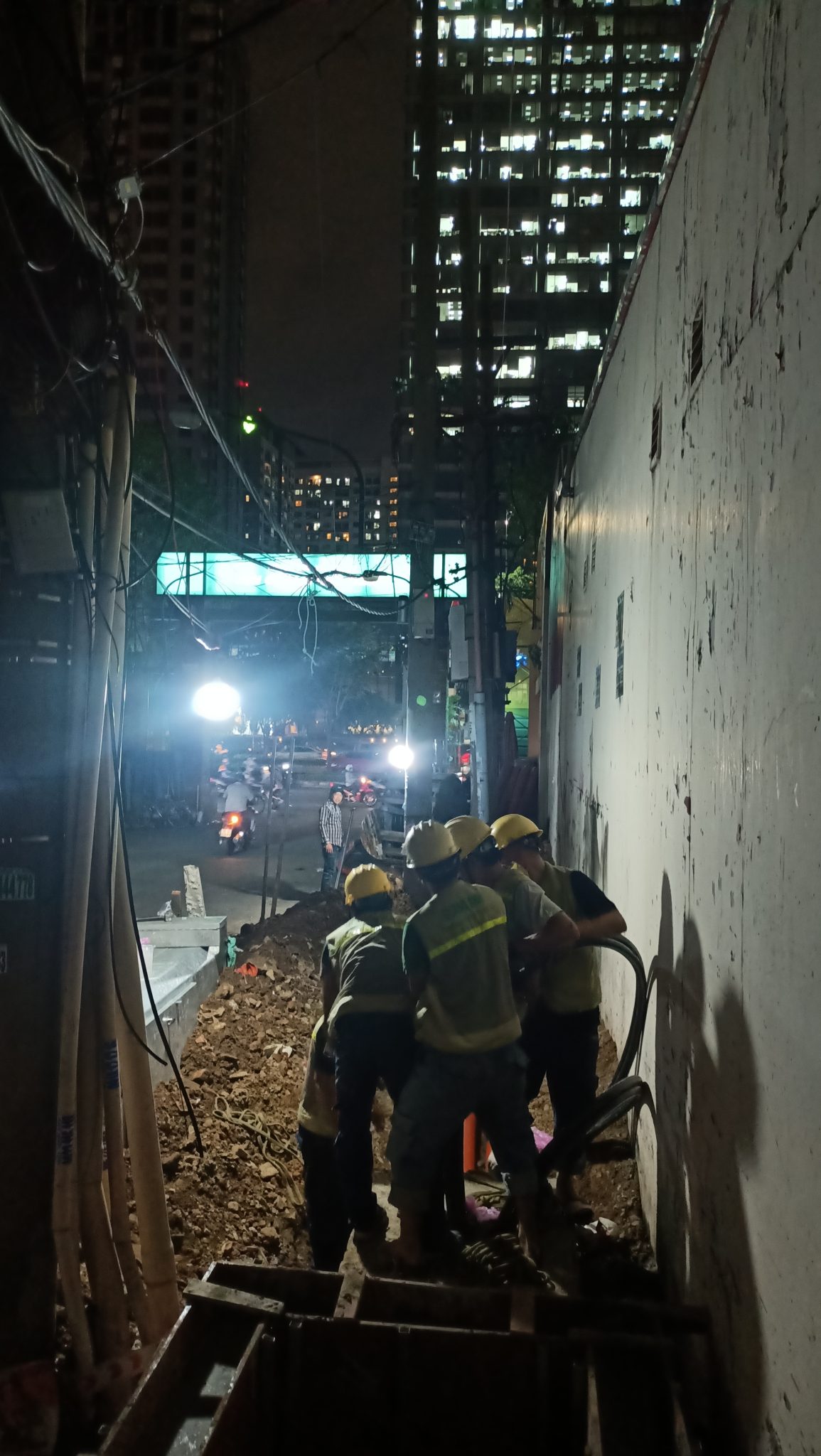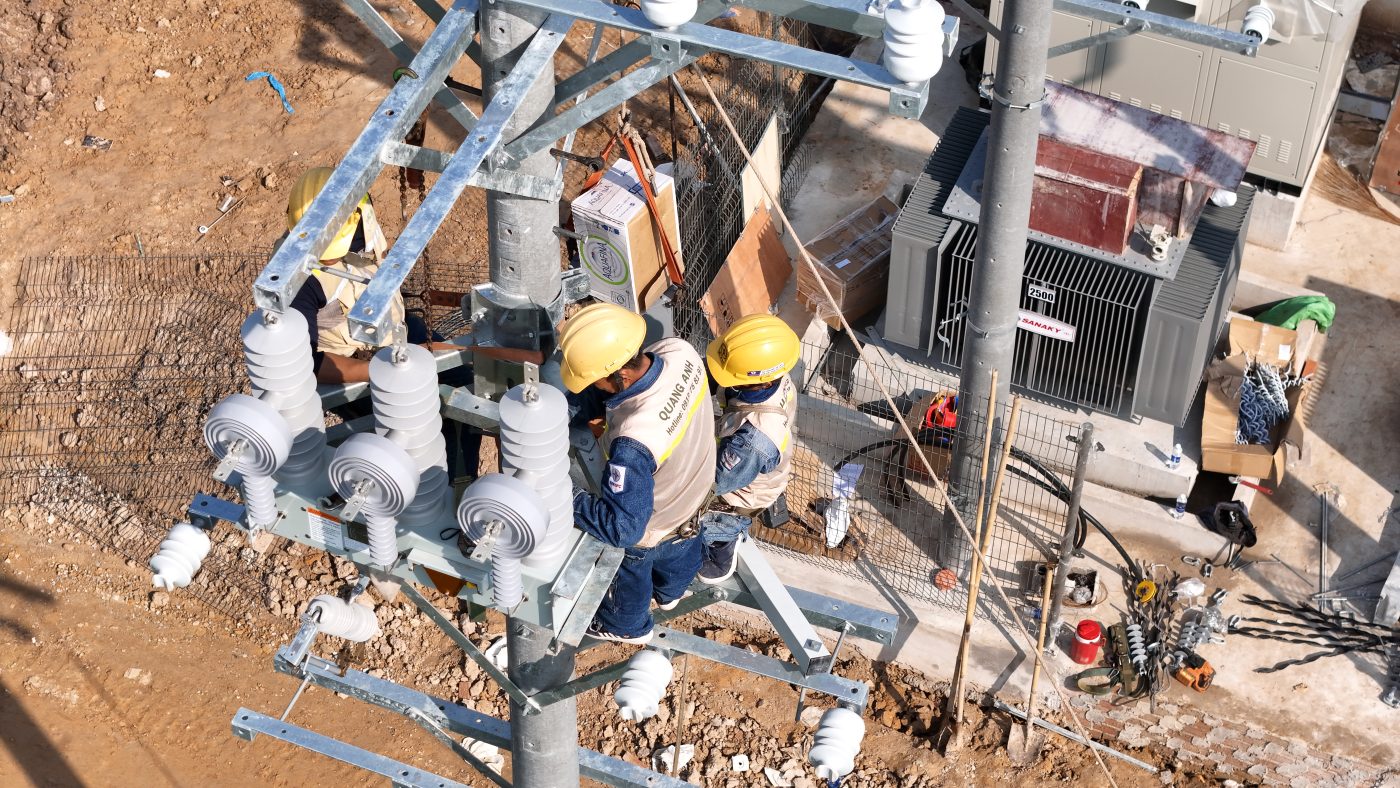Comprehensive substation construction encompasses design, materials supply, construction, installation, and operation. The undeniable importance of substations within electrical systems mandates a focus on both performance and safety.
Overview of Substation Roles
Substations play a critical role in electrical systems, serving to convert medium voltage to low voltage, supplying electricity to residential areas, factories, or industrial zones. Comprehensive construction of substations is crucial to optimize electricity distribution and assure the stability and sustainability of supply.
Substations hold a significant position in power transmission and distribution networks, playing an essential role in ensuring consistent and safe electricity supply for economic activities and daily life.
Main Functions of Substations
-
Voltage Conversion: Substations have the ability to toggle voltage levels from high to low, or vice versa, as required by the system. This capability ensures efficient long-distance power transmission and safe electricity in both residential and industrial settings.
-
Power Distribution: Substations distribute electricity from power plants to consumption areas like residential neighborhoods, businesses, and industrial complexes, ensuring a stable and continuous power supply.
Substations in Power Systems
-
Supplying Production Areas: Substations ensure sufficient energy supply for factory activities and production equipment, aiding in maintaining production stability.
-
Supply to Residential Areas: Ensures residential electricity needs for daily living, from lighting to home appliances.
-
Emergency Power Supply: Some substations are equipped to operate during sudden outages, maintaining continuous power availability.
-
Electrical Safety: Substations often feature protective devices like lightning arresters, switches, and automatic circuit breakers to ensure safety and operational stability.
Design Requirements for Substations
When designing substations, consider the following factors:
-
Power Quality: Position substations centrally to the load to minimize energy loss and cost, ensuring system stability and efficiency.
-
Reasonable Investment Costs: Choose locations and designs that align with area needs to optimize investment and operational expenses.

Types of Substations by Capacity
Substations are categorized by capacity, such as 100kVA, 160kVA, 250kVA, and 630kVA. Each type addresses specific needs from small residential areas to large industrial parks, requiring precise selection in comprehensive substation construction.
Power capacity is critical in the distribution system, directly affecting efficiency and operational costs. With power stations ranging from 50 kVA to 2500 kVA, they cater to diverse needs from households to large industrial sites.
Standard Capacity Range
Substations are divided into three levels according to usage demand:
- Low Level (50–250 kVA): Suitable for homes or small businesses.
- Medium Level (400–800 kVA): Applied in small industrial areas or mid-sized buildings.
- High Level (1000–2500 kVA): Serves large industrial complexes, commercial centers, or urban areas.
Principles for Substation Selection
The central load location plays a crucial role in substation selection. It reduces energy losses and voltage drops. Different user types greatly influence this decision:
- Type 1 Users: Require uninterrupted power (e.g., hospitals, data centers) often use two or more backup stations.
- Type 2 Users: Allow brief power interruptions (e.g., factories, schools) use one to two stations, depending on scale.
- Type 3 Users: For backup or secondary load, use a single station.
Relationship with Voltage
Larger capacity substations typically use higher voltage. For example, stations with capacities ≥ 1000 kVA often operate at voltages ≥ 22 kV to minimize transmission losses. The 110 kV stations have a reference capacity of about 25 MVA, while 500 kV stations serve national systems with capacities of hundreds of MVA.
Technological Trends
New technology substations like integrated distribution systems (IDS) are compact and include smart monitoring systems. Insulation materials are shifting towards SF6 or epoxy compounds to extend operational life.

Construction and Installation Process
The comprehensive substation construction process includes designing, material preparation, construction and installation, testing and operation, and finally, handover. Each step requires precision and adherence to safety regulations for substations.
The construction and installation process of a substation is multi-staged, requiring high precision and expertise. The installation process begins with site assessment and planning. This foundational step involves surveying the proposed location, evaluating the terrain, environmental conditions, and power supply sources to optimally design the substation.
Next is site preparation and material procurement, where the site is set up with power, water, and labor. Materials and equipment transport, including wires, electrical cables from brands like Cadivi, and transformers from ABB, are conducted to the site for ready installation.
During the foundational construction, essential tasks such as trenching for the station and medium-voltage cable duct are crucial. Installing protective cable conduits ensures safety, followed by pouring the concrete foundation for a stable base.
The equipment installation phase involves setting up the grounding system safely. Breakers, operating chairs, and other accessories such as LS insulators are meticulously installed. Transformers are then installed, along with routing medium-voltage cabling to power-consuming areas.
Connection and inspection are indispensable steps before substation acceptance. Equipment connections and thorough inspections are performed with testing and calibration processes.
Finally, acceptance and operation signify the stage where the system undergoes real-world testing and handover to the operational unit. Each step in this procedure requires strict adherence to safety and technical standards for the most efficient substation operation.

Ensuring Safety and Quality in Construction
Safety and quality are top priorities in comprehensive substation construction. This involves using standard-compliant materials, conducting necessary tests, and adhering to safety labor regulations to ensure substation safety.
Current Legal Framework
Ensuring construction safety and quality is currently governed by specific legal frameworks such as:
- Amended Construction Law (2020) along with Decree 06/2021/NĐ-CP lays out detailed provisions for labor safety management and construction quality management. This includes the responsibilities of participating entities such as investors, contractors, and management agencies, aiding better project quality management.
- QCVN 18:2021/BXD is a critical national construction technical standard that regulates safety in design, construction, and project acceptance.
- Decree 16/2022/NĐ-CP provides penalty measures for safety and quality violations in construction, promoting compliance with regulations.
Technical Requirements in Construction
To ensure labor safety and quality during construction, specific methods must be followed:
- Construction method design must be approved, ensuring safety factors such as appropriate scaffolding, safe electrical systems, and effective collapse prevention.
- In terms of electrical safety, workers must be trained in electrical shock first aid and equipped with safety harnesses, helmets when working at heights.
- For fire explosion prevention, a Fire and Explosion Control Command must be established at the job site, fire alarm devices installed, and extinguishers positioned in high-risk areas.
Responsibilities of Relevant Parties
Ensuring construction quality is a multi-party responsibility requiring collaboration:
- Investors have the right to halt construction upon discovering safety violations, also enforcing strict material quality supervision.
- Contractors must train workers in labor safety and ensure compliance with acceptance procedures.
- Management agencies possess the authority to conduct sudden inspections, applying sanctions in accordance with Decree 16/2022/Đ-CP for labor safety violations, with stringent penalties ranging from 150-200 million VND.
Maintenance and Operation Post-Completion
To ensure the project remains sustainable post-completion, clear regulations state:
- Routine checks are crucial to early detect structural, electrical system, and drainage issues, thus facilitating better quality management.
- A maintenance plan must be concretized, specifying the responsibilities of each management unit, particularly for high-rise buildings and traffic infrastructure.
- There must be a supervision protocol for incident rectification to promptly respond to potential collapse or serious damage risks.
Challenges and Solutions
The construction industry faces numerous challenges but has suitable solutions:
- Challenges: Construction process heavily impacted by negative weather conditions like storms and heat, raising accident risks. A lack of labor with safety certification also poses significant concerns.
- Solutions: Adopt new technologies like BIM to simulate risks during the design phase and apply automated materials such as smart cranes and surveillance drones to minimize human labor in hazardous areas.
Updated Trends (2024)
Several new trends in quality and safety management are being promoted:
- Enhanced specialized inspections: Localities need to focus more on checking the use of safety devices like lightning protection, scaffolding to ensure construction safety.
- Digitalizing quality management records is an inevitable trend, requiring electronic storage of material test results and acceptance records.

Building comprehensive substations offers significant advantages for regional power stability. Focusing on rigorous technical processes, suitable capacity selection, and a commitment to safety is an essential and wise investment strategy.
If you’re seeking comprehensive substation construction solutions, contact QuangAnhcons at Hotline: +84 9 1975 8191 for detailed consultation.
QuangAnhcons provides comprehensive substation construction services, including design, material supply, construction, installation, and operation, ensuring absolute quality and safety.


Related Posts
Factory Electrical Systems: Comprehensive Design and Implementation Guide
Discover the detailed and safe process of factory electrical systems design and implementation. [...]
Oct
Blueprints Required for Factory Construction Permits
Discover the necessary blueprints in factory construction permit applications, from floor plans to electrical and [...]
Oct
What Are the Requirements for a Factory Construction Permit? A Comprehensive Guide
Explore the documentation and steps needed to secure a factory construction permit for streamlined project [...]
Oct
Factory Construction Permit Procedures in Vietnam: Essential Guidelines and Documents
Learn the procedures for securing a factory construction permit in Vietnam, focusing on document preparation [...]
Oct
Key Steps in the Factory Construction Process
Discover the essential steps and requirements for building factories. [...]
Oct
Comprehensive Electrical Substation Solutions by Quanganhcons
Discover the cutting-edge electrical substation solutions offered by Quanganhcons for industrial applications. [...]
Oct
Investment Costs for a 1MWp Solar Power System and Influencing Factors
Explore the investment costs for a 1MWp solar power system in Vietnam and the influencing [...]
Sep
QuangAnhcons: Elevating Wind Energy Solutions
Explore QuangAnhcons' leadership in wind energy and renewable solutions in Vietnam. [...]
Sep
Electrical Contractor Strategies at Becamex Industrial Park
Discover the strategic advancements and partnerships of the electrical contractor at Becamex Industrial Park. [...]
Sep
Investment Insights for 1MW Wind Energy in Vietnam: Costs and Opportunities
Discover the detailed analysis of costs and opportunities for investing in 1MW wind energy projects [...]
Sep
Advanced Electrical Installation Solutions by QuangAnhcons
Explore advanced electrical installation solutions and modern technology with QuangAnhcons. [...]
Sep
Enhancing Industrial Electrical Services with Quanganhcons
Discover Quanganhcons' expertise in industrial electrical services, offering efficient and sustainable power systems. [...]
Sep
Comprehensive MEP Solutions by QuangAnhcons: From Design to Maintenance Excellence
Discover optimal MEP solutions with QuangAnhcons, dedicated to excellence from design through maintenance. [...]
Sep
Comprehensive Electromechanical Contracting Solutions by QuangAnhcons
Explore QuangAnhcons' comprehensive services for efficient and safe energy system solutions. [...]
Sep
QuangAnhcons: Empowering Industrial Energy Solutions
Discover how QuangAnhcons delivers optimal industrial EPC solutions. [...]
Sep
Effective Industrial Construction Management and Execution
Optimize your industrial projects from design to execution with our contractor services. [...]
Sep
QuangAnhcons: Pioneers in M&E and Renewable Energy Solutions
Discover QuangAnhcons' innovative M&E services and renewable energy solutions. [...]
Sep
QuangAnhcons: Expertise and Outstanding Services in the Electrical Sector
Discover the unmatched expertise and services of QuangAnhcons, setting superior standards in the electrical contracting [...]
Sep
QuangAnhcons: Innovation and Precision in Industrial Electrical Contracting
Discover QuangAnhcons, a top contractor offering superior electro-mechanical solutions. [...]
Aug
Expert Solutions for 2x2500kVA Substation Projects with QuangAnhCons
Explore QuangAnhCons, a forefront entity in designing and constructing large industrial substations. [...]
Aug